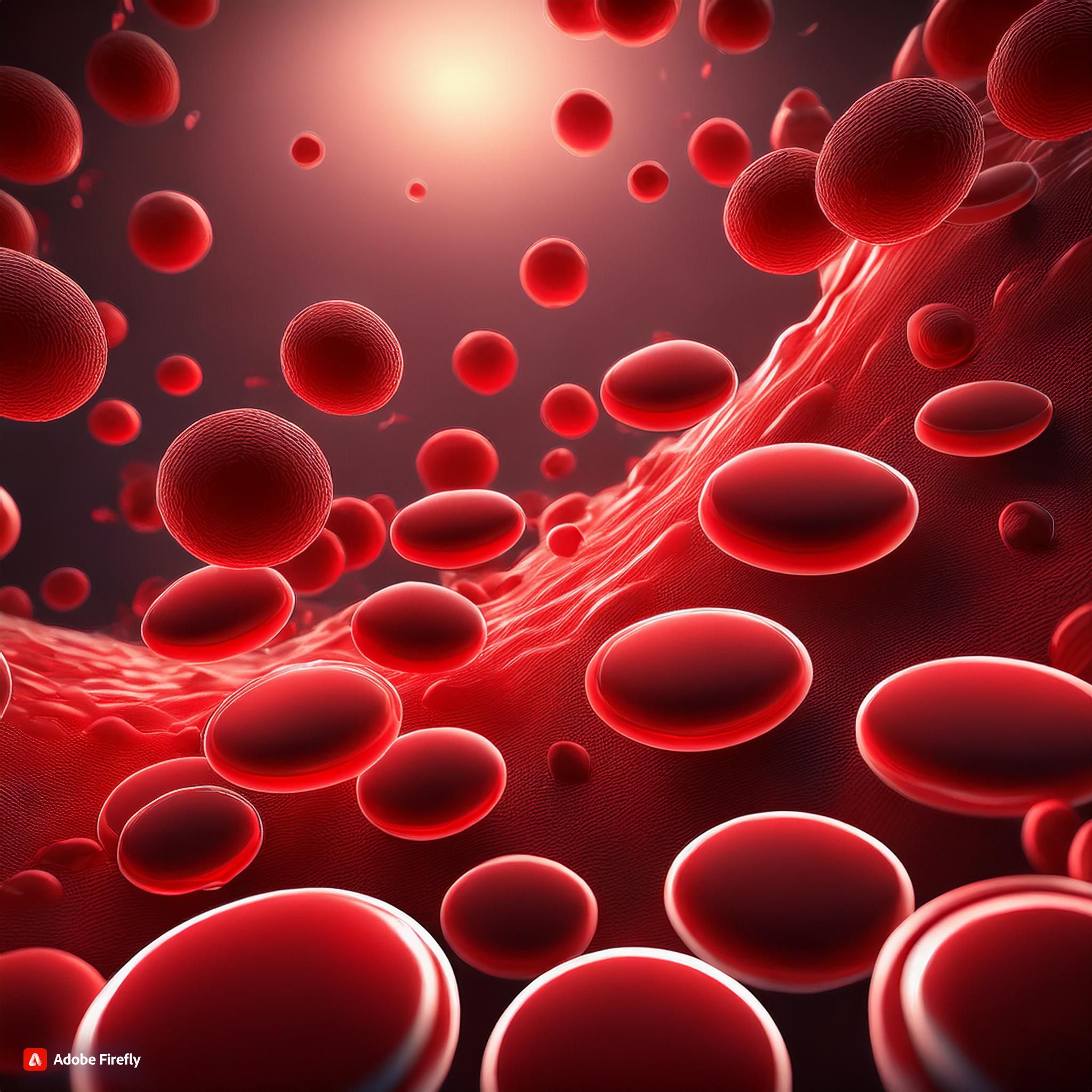Article
Durable Activity With Darzalex Highlighted in Combined Myeloma Analysis
Author(s):
The CD38 monoclonal antibody Darzalex demonstrated a 31 percent overall response rate as monotherapy for patients with heavily pretreated multiple myeloma.
Read more of our coverage from the 2015 ASH Annual Meeting
The CD38 monoclonal antibody Darzalex (daratumumab) demonstrated a 31 percent overall response rate (ORR) as monotherapy for patients with heavily pretreated multiple myeloma, according to a combined analysis of two pivotal studies presented at the 2015 meeting of the American Society of Hematology (ASH), a gathering of more than 25,000 hematologists and other hematology/oncology professionals.
In combined data from the GEN501 and SIRIUS studies, the rate of complete response plus very good partial response was 13 percent for patients treated with Darzalex at 16 mg/kg. The 12-month progression-free survival (PFS) rate was 50 percent and median overall survival (OS) was 19.9 months.
“As a single agent, [Darzalex] induced rapid, deep, and durable responses in a heavily pretreated/highly refractory population,” said lead investigator Saad Z. Usmani, Levine Cancer Institute/Carolinas Healthcare System. “Remarkable depth of response was observed in patients refractory to newer agents, including [Pomalyst (pomalidomide)] and [Kyprolis (carfilzomib)].”
On November 16, 2015, the FDA granted an accelerated approval to Darzalex as a monotherapy for patients with multiple myeloma following at least 3 prior therapies, based on findings from the GEN501 and SIRIUS trials. The combined analysis of these studies represents an update to previously published data.
In the SIRIUS study, the first 34 patients enrolled received Darzalex at 16 mg/kg (16 patients) or 8 mg/kg (18 patients). After a response evaluation, the 16 mg/kg dose was selected for future study, with an additional 90 patients enrolled at this dose (106 total patients). In the GEN501 study, 32 patients were treated with Darzalex at various doses, in order to find a recommended dose and schedule. In the second phase of the trial, 72 patients received Darzalex at either 8 mg/kg (30 patients) or 16 mg/kg (42 patients).
Data from patients treated with the 16 mg/kg dose from across the two trials were examined for the ASH analysis (148 patients). The median age of patients across the combined analysis was 64 years, with 46 percent over the age of 65. The median number of prior therapies was 5.1 (ranging from 0.8 to 23.8).
Prior to entering the study, patients had received Velcade (bortezomib; 99 percent), Kyprolis (41 percent), Revlimid (lenalidomide; 99 percent), Pomalyst (55 percent), and thalidomide (45 percent). A majority of patients (91 percent) were refractory to their last line of therapy, including Kyprolis (39 percent and Pomalyst (55 percent).
In the combined analysis, the median duration of treatment was 3.4 months (ranging from 0 to 20). The median number of infusions of Darzalex was 12 (ranging from one to 33). At the time of the analysis, 86 percent of patients had discontinued treatment, primarily due to progressive disease (77 percent).
Of the 46 patients who responded, 40 were still alive at a median follow-up of 14.8 months (87 percent). The median duration of response was 7.6 months. In addition to responses, 6 percent of patients experienced a minimal response (MR) and 46 percent had stable disease (SD). In responders, the median PFS was not evaluable. For those with MR/SD, the median PFS was 3.2 months. For those with progressive disease, PFS was 0.9 months.
The one-year OS rate was 69 percent. The median OS could not be estimated in patients who responded to Darzalex. In the MR/SD arm, the median OS was 17.5 months, which is double what has traditionally been seen for patients with relapsed/refractory multiple myeloma, according to Usmani.
"[Darzalex] conferred an OS benefit, even in patients who achieved stable disease or minimal response," said Usmani. "[Darzalex] has immune-mediated and immunomodulatory mechanisms that may be contributing to a survival benefit."
Independently, in the phase 2 SIRIUS study, Darzalex demonstrated a 65 percent one-year OS rate and a 29.2 percent ORR. In the phase 1/2 GEN501 study, the ORR was 36 percent, median PFS was 5.6 months, and the one-year OS rate was 77 percent.
"Updated analysis of the combined dataset of GEN501 and SIRIUS did not identify any new safety signals," according to Usmani.
Adverse events (AEs) in the combined analysis were similar to what had been seen in the two individual studies. The most frequent all-grade AEs were fatigue (41 percent), nausea (28 percent), anemia (28 percent), back pain (24 percent), cough (22 percent), neutropenia (20 percent), thrombocytopenia (20 percent), and upper respiratory tract infection (20 percent).
The most common treatment-related AEs of at least grade 3 were anemia (18 percent), thrombocytopenia (14 percent), neutropenia (10 percent), fatigue (2 percent), back pain (2 percent), and upper respiratory tract infection (less than 1 percent). Overall, 48 percent of patients experienced infusion-related reactions, which primary occurred with the first infusion.
In addition to single-agent activity, Darzalex is also being explored in a number of combination studies. At this time, several phase III clinical trials are looking at the antibody in various treatment settings.
Usmani S, Weiss B, Bahlis NJ, et al. Clinical Efficacy of Daratumumab Monotherapy in Patients with Heavily Pretreated Relapsed or Refractory Multiple Myeloma. Presented at: 57th American Society of Hematology Annual Meeting; Orlando, Florida; December 5-8, 2015. Abstract 29.




